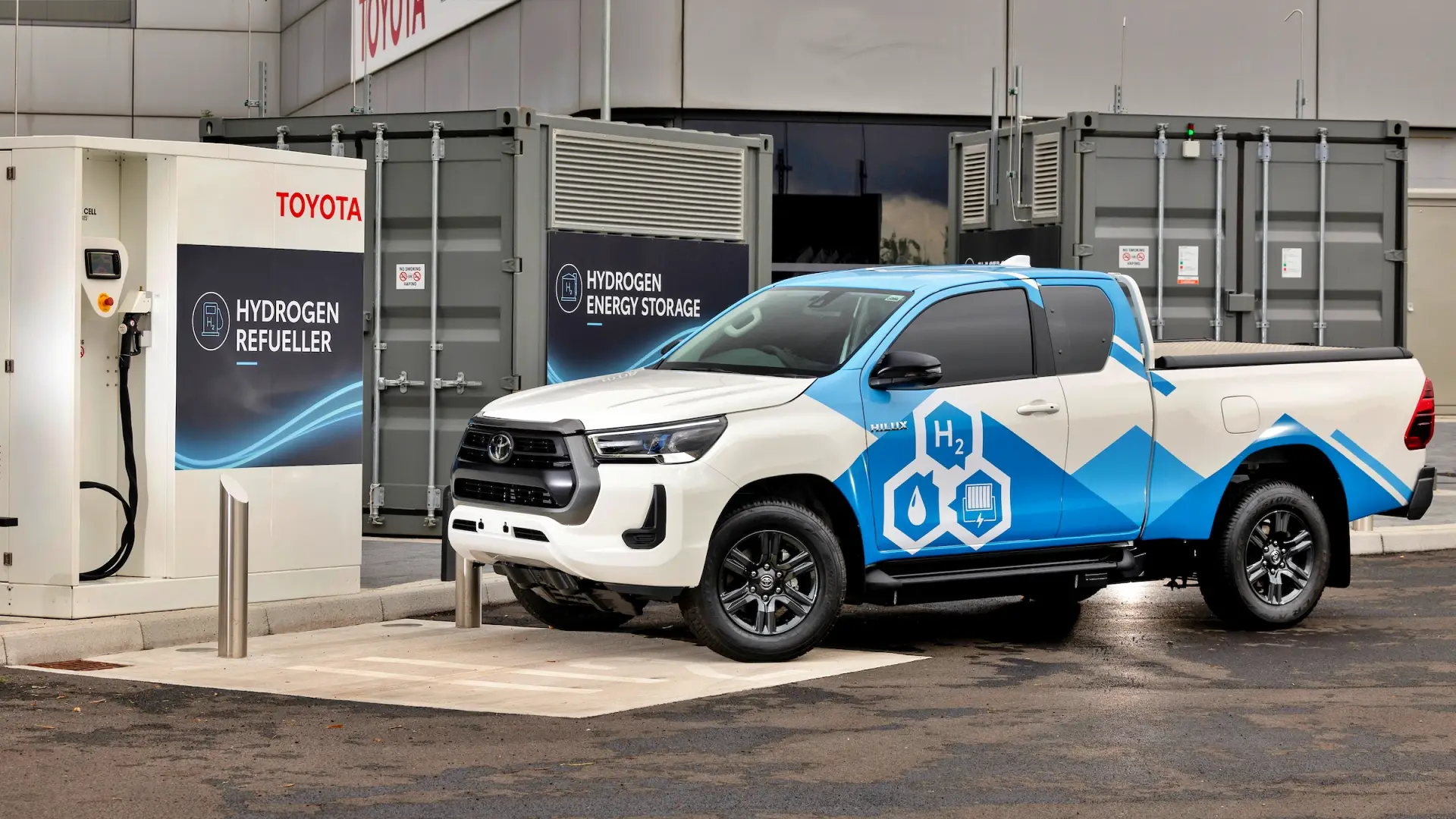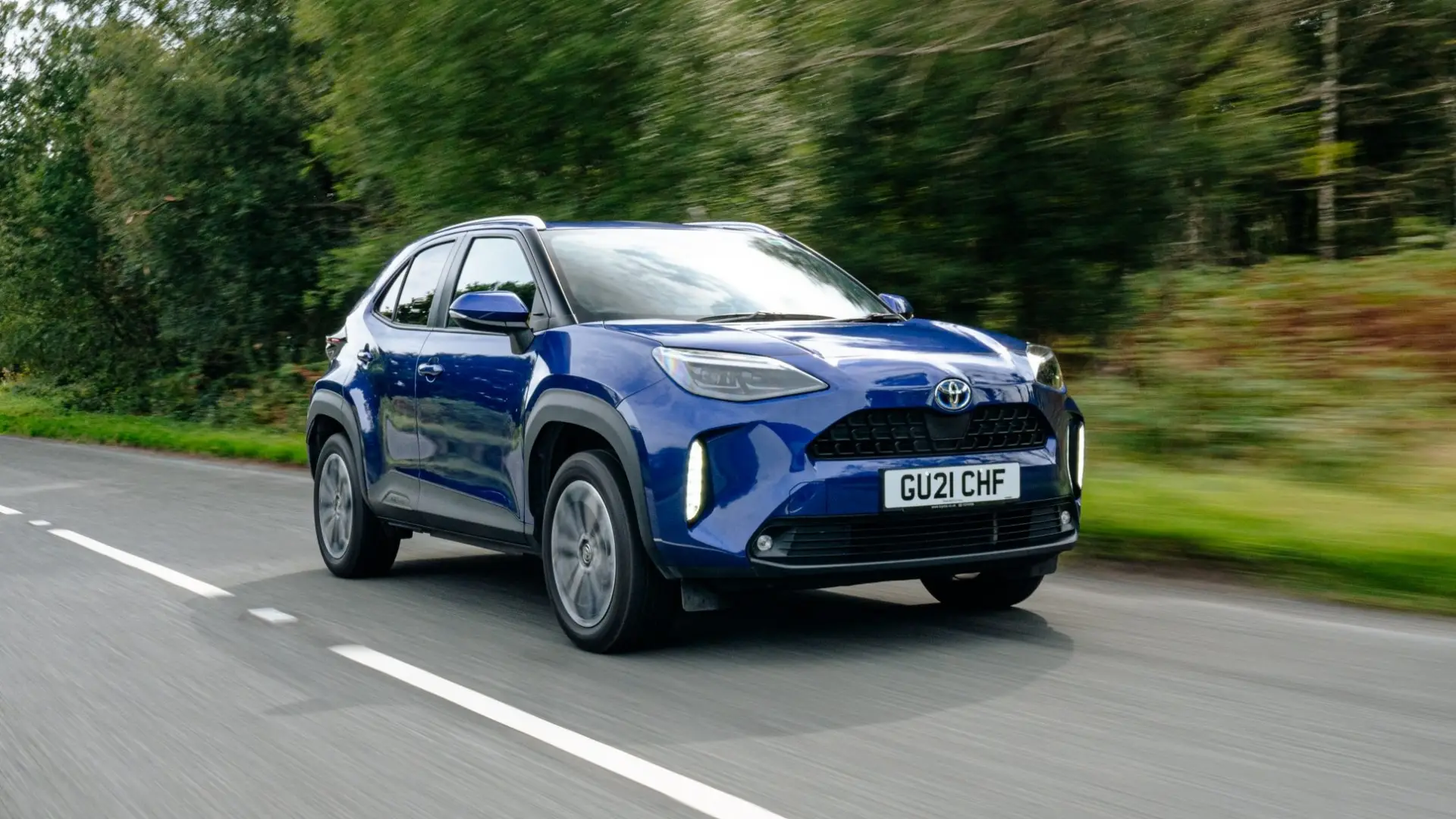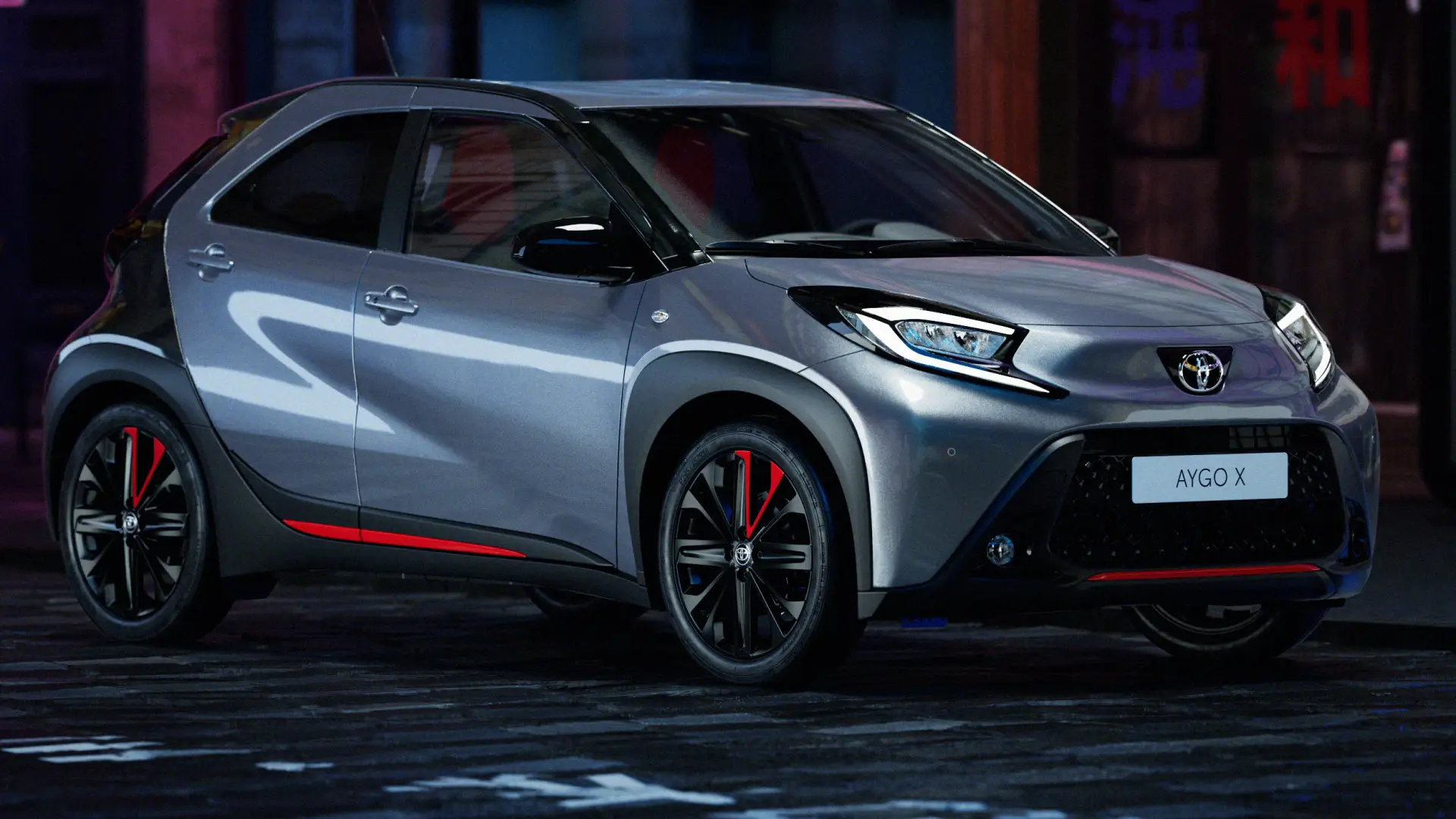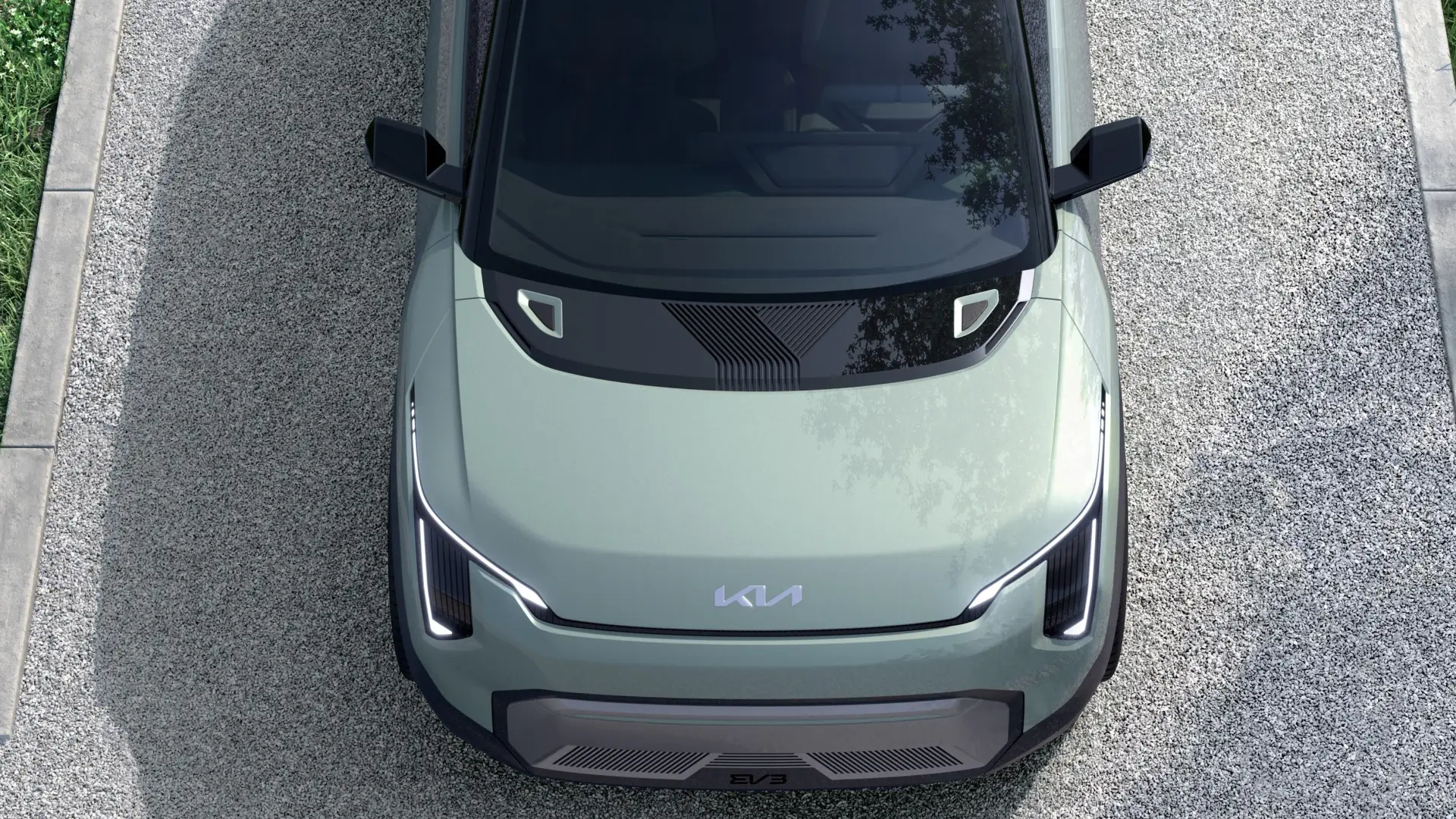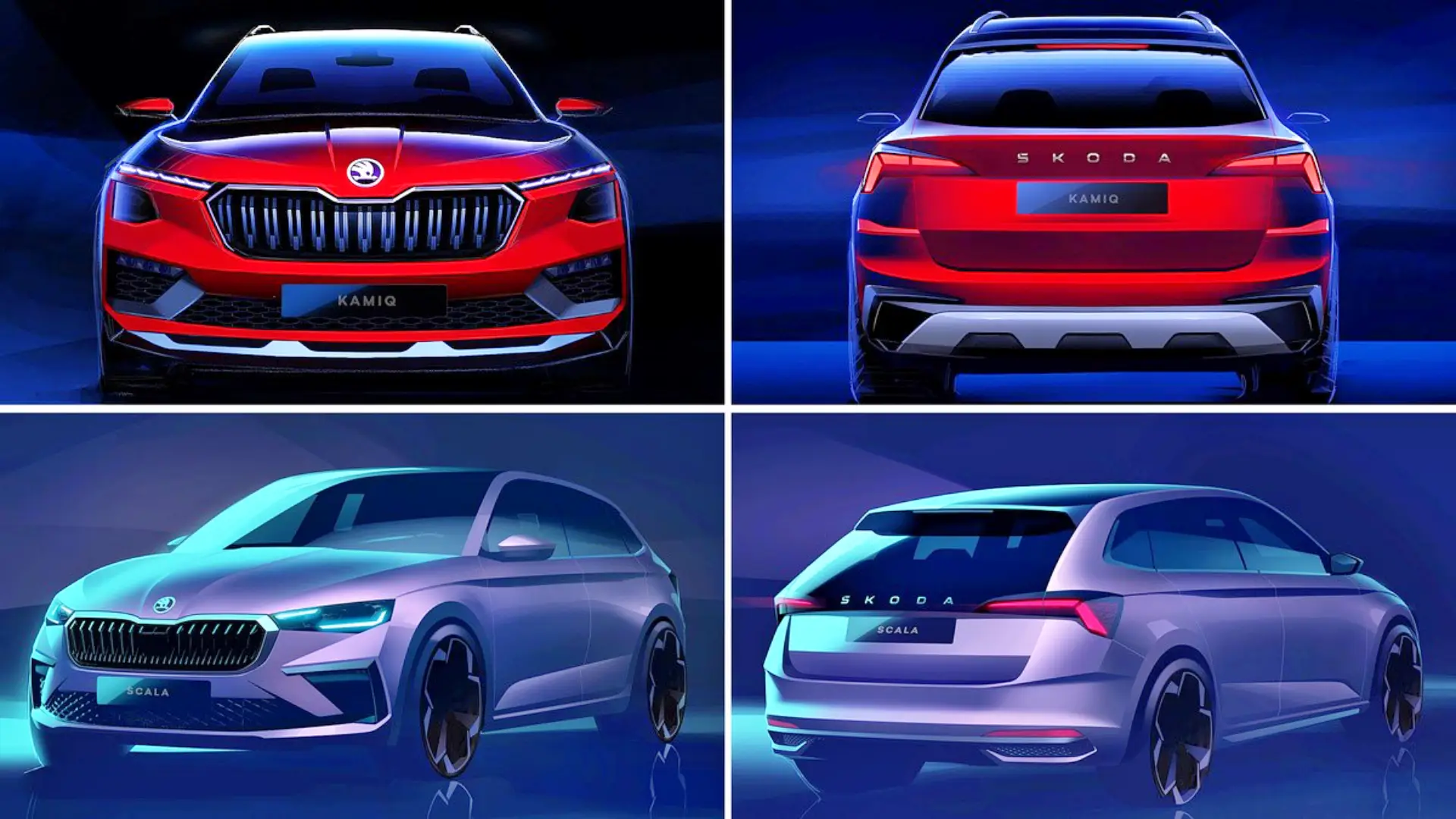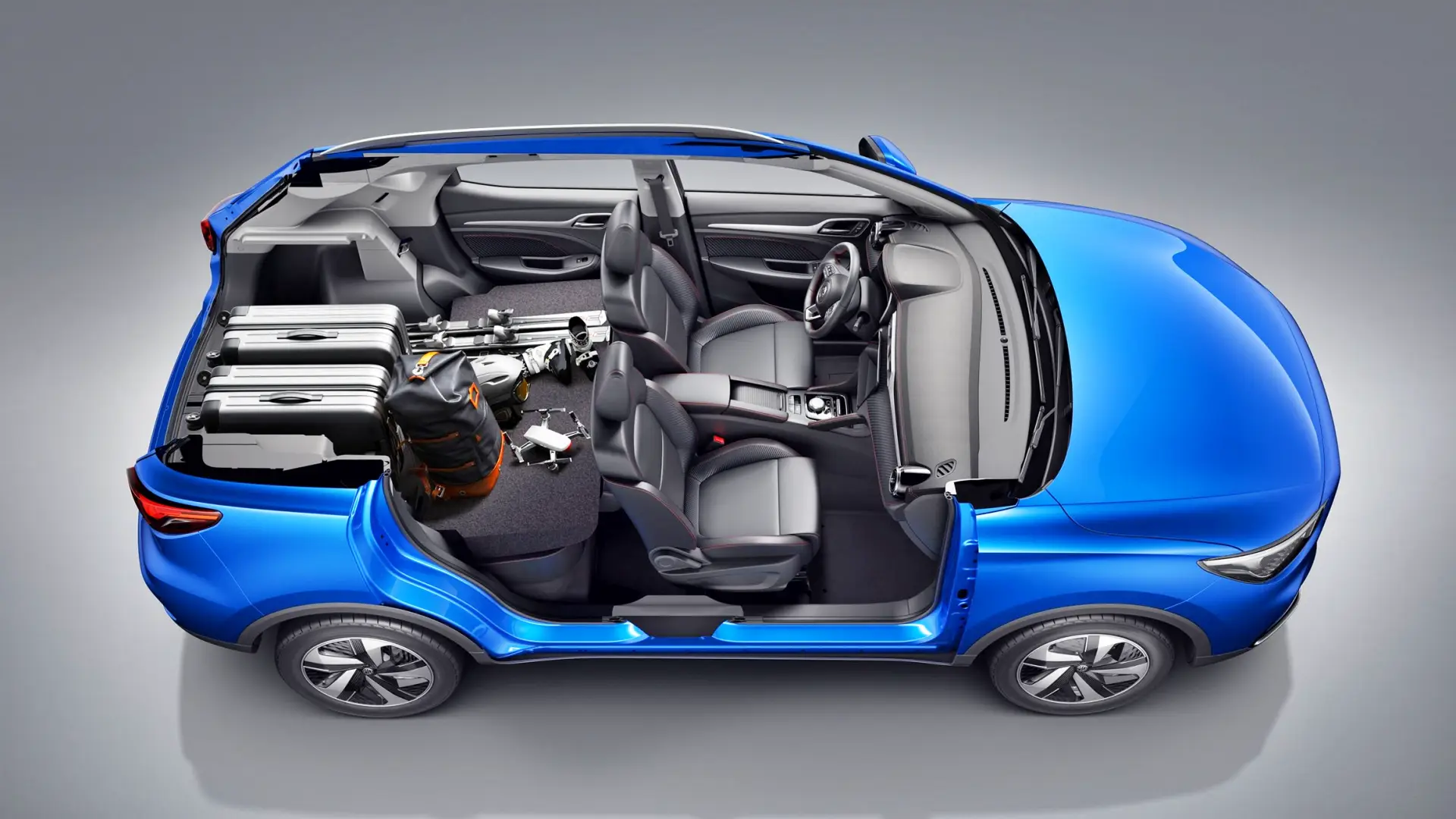Toyota continues with its commitment to hydrogen vehicles, and now it has just presented a prototype of the Toyota Hilux equipped with a hydrogen fuel cell. A debut that seeks to be one more demonstration of the broad scope of Toyota’s multidirectional strategy to achieve emission-free mobility.
And it is that, unlike practically all the other automobile groups, Toyota has chosen to diversify its technological portfolio with different propulsion solutions (hybrid, plug-in hybrid, battery electric, and fuel cell electric). All to meet the different needs of users and operating environments around the world.
His latest work is a version of the famous Hilux pickup. This electric version has been unveiled at Toyota’s vehicle plant in Derby, UK, where it was developed in a joint project with consortium partners, supported by UK government funding.
The Hilux name is a global icon of the Toyota brand with a reputation for exceptional reliability and durability. The development project has explored how these qualities could be maintained by adopting a new zero-emission fuel cell electric powertrain.
The new powertrain uses core elements of the Toyota Mirai, technology that has proven its worth in nearly 10 years of commercial production. When driven, the fuel cell produces no more exhaust emissions than pure water.
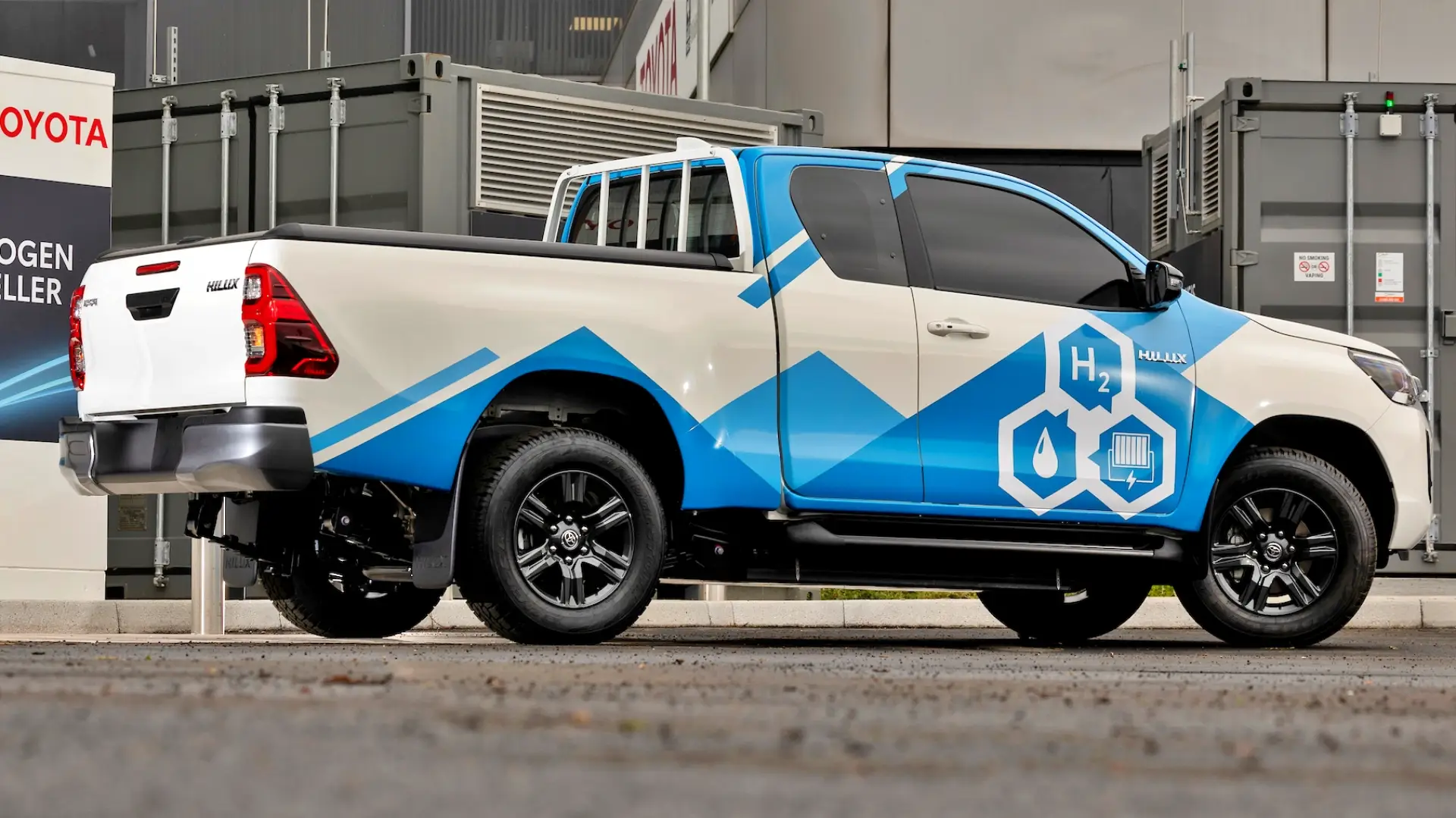
Hydrogen is stored in three high-pressure fuel tanks, giving the Hilux concept car an expected driving range of more than 600 km. The hybrid battery, which stores the electricity produced on board by the fuel cell, is located in the rear cargo bed, avoiding loss of cabin space.
Construction of the prototype began on June 5 this year, working to Toyota Production System principles in a dedicated area within the TMUK facility. The first vehicle was completed just three weeks later, the first of 10 to be built later this year. These will undergo rigorous testing to ensure safety, dynamic performance, functionality, and durability meet the high standards required of a production model.
A model that will not reach the market at the moment and that could be placed in a niche market for industrial sectors that need a long-range truck and reduced refueling times.

